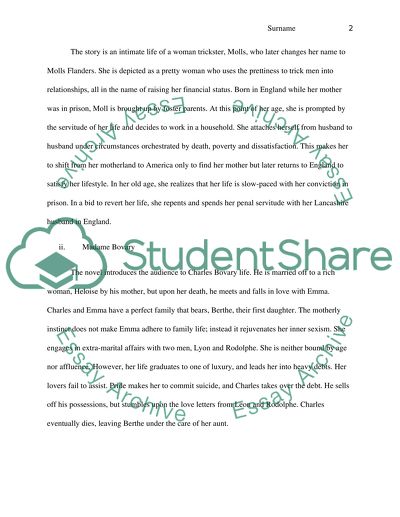Cite this document
(“How do Defoe and Flaubert create a criminal protagonist in Madame Research Paper - 1”, n.d.)
How do Defoe and Flaubert create a criminal protagonist in Madame Research Paper - 1. Retrieved from https://studentshare.org/literature/1689857-how-do-defoe-and-flaubert-create-a-criminal-protagonist-in-madame-bovary-and-moll-flanders
How do Defoe and Flaubert create a criminal protagonist in Madame Research Paper - 1. Retrieved from https://studentshare.org/literature/1689857-how-do-defoe-and-flaubert-create-a-criminal-protagonist-in-madame-bovary-and-moll-flanders
(How Do Defoe and Flaubert Create a Criminal Protagonist in Madame Research Paper - 1)
How Do Defoe and Flaubert Create a Criminal Protagonist in Madame Research Paper - 1. https://studentshare.org/literature/1689857-how-do-defoe-and-flaubert-create-a-criminal-protagonist-in-madame-bovary-and-moll-flanders.
How Do Defoe and Flaubert Create a Criminal Protagonist in Madame Research Paper - 1. https://studentshare.org/literature/1689857-how-do-defoe-and-flaubert-create-a-criminal-protagonist-in-madame-bovary-and-moll-flanders.
“How Do Defoe and Flaubert Create a Criminal Protagonist in Madame Research Paper - 1”, n.d. https://studentshare.org/literature/1689857-how-do-defoe-and-flaubert-create-a-criminal-protagonist-in-madame-bovary-and-moll-flanders.


